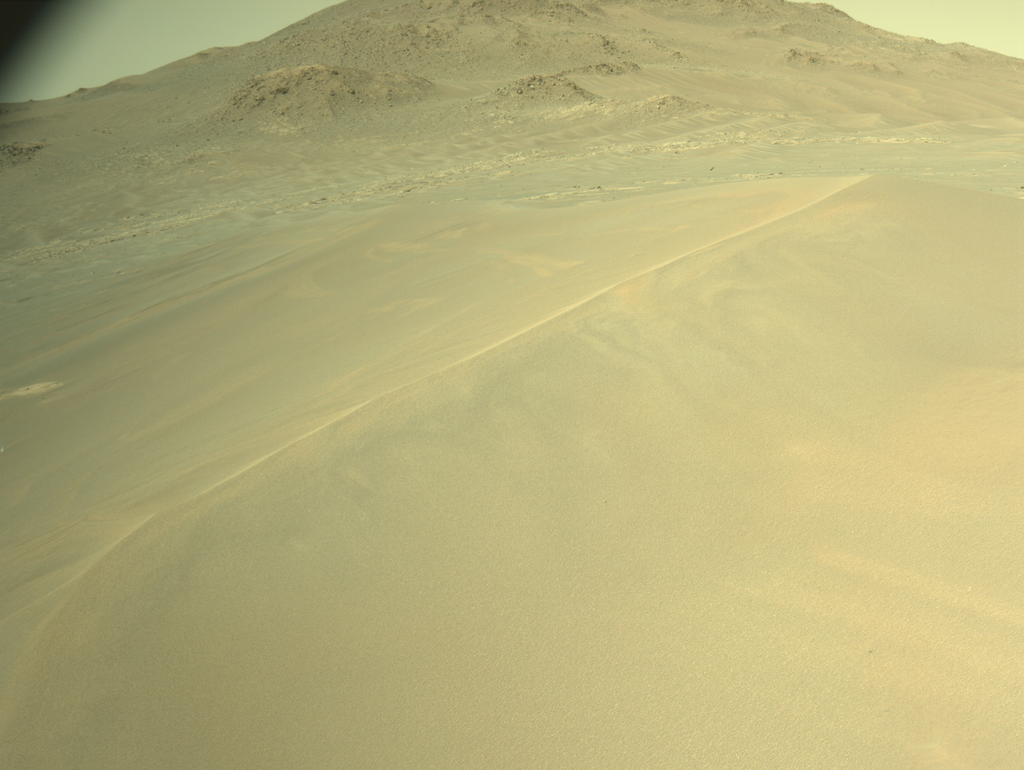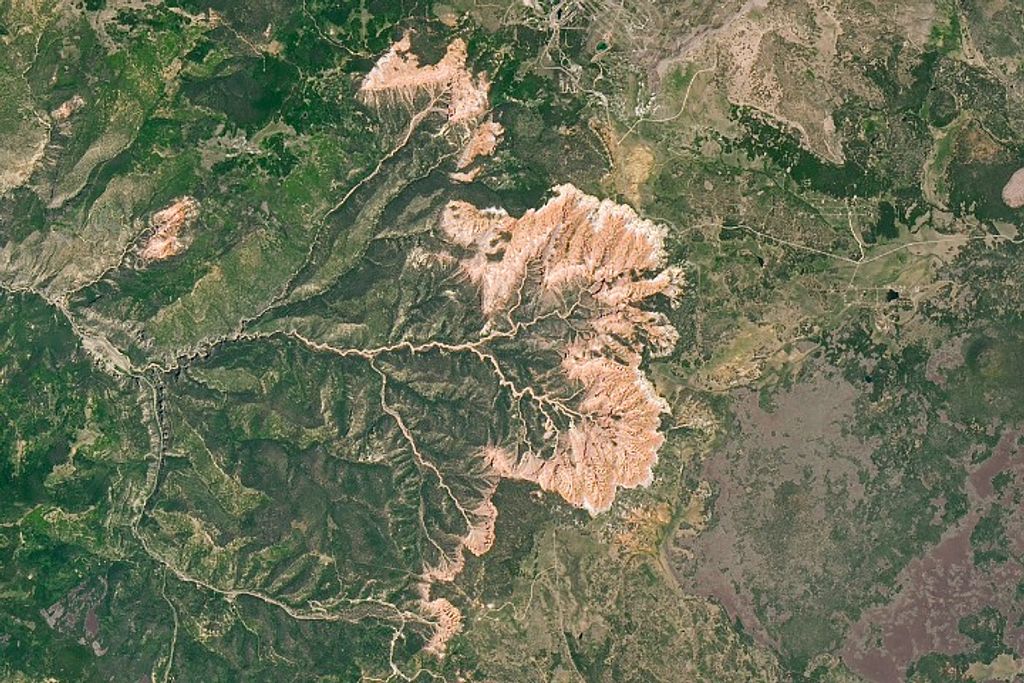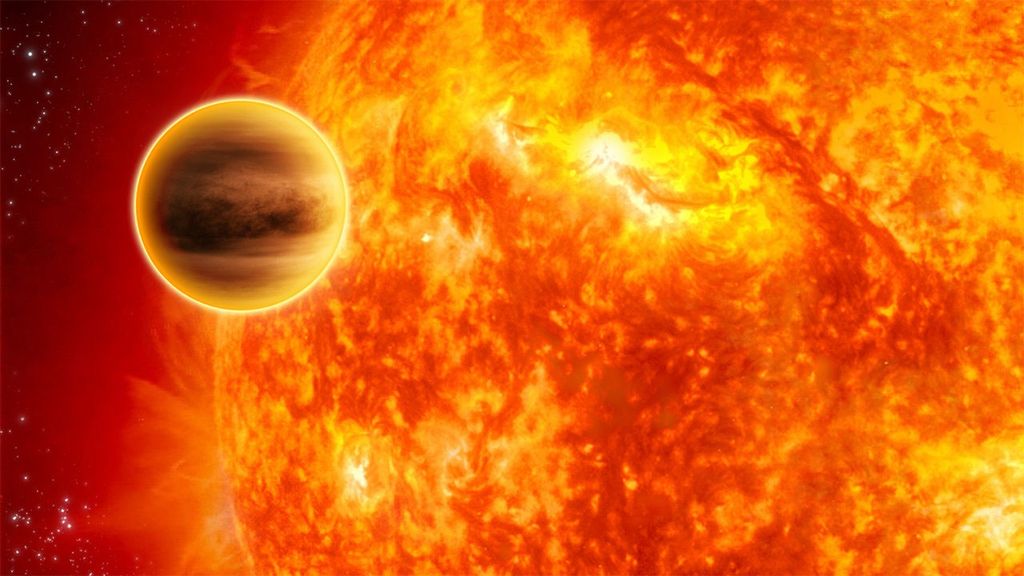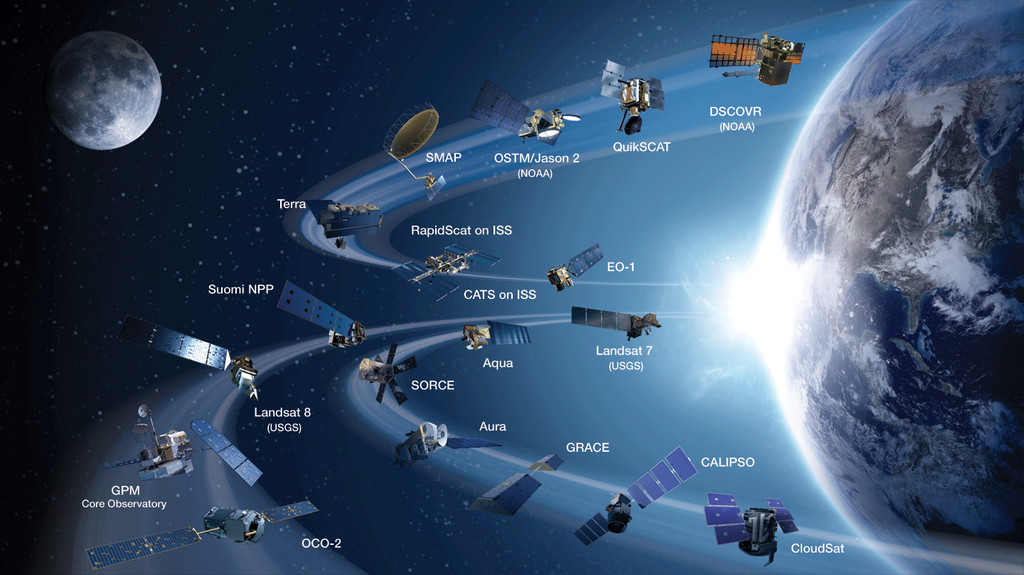Overview
In the United States, combustion processes contribute to about 85% of delivered energy and are an integral part in many industrial fabrication processes. Combustion produces greenhouse gases and soot, which contributes to global warming and causes significant health concerns. The Combustion Science Discipline conducts idealized experiments on the International Space Station where the removal of gravity enables researchers to study details of the combustion processes that cannot be readily studied on the ground. The Space Station environment also provides an important test-bed for studying spacecraft fire risk.
Combustion occurs when fuel and oxygen react to produce carbon dioxide, water and heat. For the foreseeable future, the overwhelming majority of delivered energy in terrestrial applications will be from combustion or other chemically reacting systems. These energy uses cover the range from electric power and transportation to processes directly tied to the delivered material (e.g., glass and steel manufacture). These processes produce some of the most important environmental hazards currently facing humanity (global climate change, acid gas pollution, mercury contamination from coal, and wild-land fires).
Despite being the subject of active research for over 80 years, combustion processes remain one of the most poorly controlled phenomena that have a significant impact on human health, comfort and safety. This is because the simplest combustor (e.g., kitchen stove) remains beyond our detailed numerical modeling capabilities. Typically, the combustion process involves a large number of chemical species (hundreds) and reactions (even thousands). It is these species and reactions that determine flammability limits (combustor operating ranges) and pollutant emissions. Much of combustion research involves developing a comprehensive and predictive quantitative understanding of this complex process. This understanding usually occurs in smaller, bench-scale experiments that are amenable to detailed study and modeling. In these bench-scale experiments, however, buoyant forces, created by gravity and the large temperature differential between the flame and the ambient gas, dominate and frequently obscure the physical and chemical phenomena of interest, and hence, complicate analyses. In the absence of gravity, buoyancy can be suppressed, and the analyses can be reduced to much simpler one-dimensional systems.
To understand the strong influence of gravity on flames, one can consider the density gradients in flames. Typical flame temperatures are on the order of 2,300 degrees Kelvin, whereas ambient temperatures are approximately 300 degrees Kelvin. This produces an eight-fold density change over the scale of a centimeter. The resultant density gradient induces a strong velocity field that dominates all but the highest flow fields. This flow field causes the flame to lift and point upward. The resultant flow instabilities cause the flicker typical of flames on Earth. Figure 1 contains a gallery of 1-g to 0-g comparison flames.
By varying or eliminating the effects of gravity, we can extract fundamental data that are important for understanding combustion systems. This approach has been implemented to some extent in existing terrestrial reduced-gravity platforms, but the experimental time scales and sizes have been limited. Long-duration
Current Combustion Experiments
Flammability of Materials on the Moon (FM2)
FM2 is the first-ever combustion experiment to be performed on another planetary body. Building on the success of the decades-long combustion science ground (1g) program and International Space Station (ISS) microgravity (~0g) combustion experiment campaigns, FM2 investigates burning materials on the Moon at its 1/6 reduced gravity level.
Learn More
Solid Fuel Ignition and Extinction investigation (SoFIE)
Fire can be a catastrophic hazard for manned spacecraft. NASA mitigates the risk of fire with the implementation of NASA-STD-6001, which establishes program requirements for evaluation, testing, and selection of materials to preclude unsafe conditions related to flammability, odor, offgassing, and fluid compatibility. NASA-STD-6001 impelements a 1-g flame propagation test for proposed space flight materials which some researchers believe is not conservative in low-g.
Learn More
Flammability Limits At Reduced-g Experiment (FLARE)
To develop a methodology to correlate material flammability limits in normal gravity and microgravity, which allows quantitative estimation of material flammability limit in microgravity based on the flammability data obtained on the ground. FLARE involves an international team including JAXA, NASA, ESA, CNES, DLR and universities in Japan, France, Germany and USA.
Learn More
Archived Combustion Experiments

Dust and Aerosol Measurement Feasibility Test (DAFT)
The Dust and Aerosol Measurement Feasibility Test (DAFT) was designed to ensure that a modified P-Trak—a key component of the forthcoming NASA Smoke Aerosol Measurement Experiment (SAME)—will perform properly in the unique environment of microgravity.
Combustion Science Facilities/Areas on the ISS



Combustion Integrated Rack
The Combustion Integrated Rack (CIR), located in the U.S. Laboratory Module (Destiny), enables investigators to perform combustion research to understand the fundamentals of the combustion process, understand fire safety, and methods for suppression of fires in space. The CIR’s main feature is a 100-liter combustion chamber to provide the necessary safety features necessary for the various combustion investigations and is the only rack on ISS dedicated to combustion experimentation. Developed by NASA’s Glenn Research Center, the CIR was launched to the International Space Station (ISS) in November 2008 by the Space Shuttle (STS-126).
Developed
Glenn Research Center
Launched to ISS
November 2008



Multi-user Droplet Combustion Apparatus (MDCA)
The Multi-user Droplet Combustion Apparatus (MDCA) is a multi-user facility designed to accommodate different droplet combustion science experiments. The MDCA will conduct experiments using the Combustion Integrated Rack (CIR) of the NASA Glenn Research Center’s Fluids and Combustion Facility (FCF). The payload is planned for the International Space Station. The MDCA, in conjunction with the CIR, will allow for cost effective extended access to the microgravity environment, not possible on previous space flights.
developed
Glenn Research Center
Launched to ISS
November 2008





































